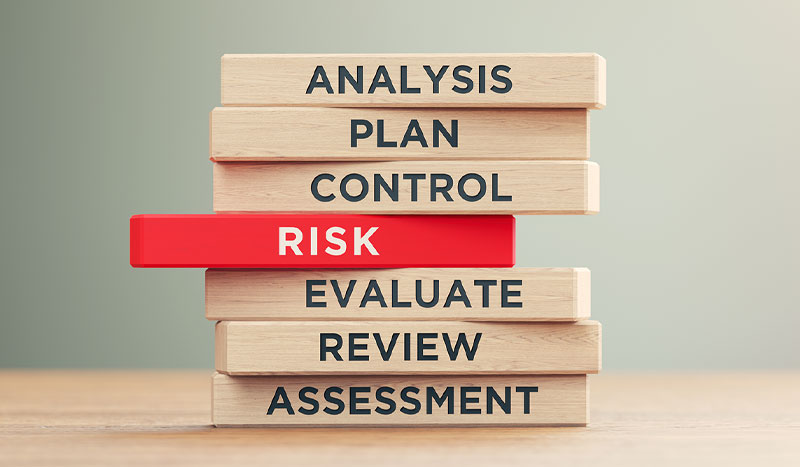Risk Communication—what is it and why does it matter?
Author: UNB College of Extended Learning
Posted on Feb 1, 2023
Category: News and Events , Professional Development , Occupational Health and Safety

What is risk communication?
Risk communication is fundamental to workplace safety. It is the exchange of information and advice between safety officials and people who face hazards in the workplace.
According to Glyn Jones, a consulting occupational health and safety professional and the host of UNB's upcoming webinar, Risk Communication: Lessons Learned from the Pandemic, risk communication leads us through a process where we examine the facts, identify the stakeholders, speak with the stakeholders, understand their bias, provide more information to them, and help them to adjust their bias to be more in line with the current thinking.

History of risk communication
Risk communication emerged as a concept in the risk science community in the early 70's, but the term was not used in scientific literature until 1984.
It resulted from the bringing together of a wide variety of disciplines including economics, sociology, psychology, and communication research. Risk communication was especially influenced by the theory of risk perception, which used psychological research to explain how individuals and groups formulated and maintained different views on the acceptability of risks.
By the late 80's, the field of risk communication had expanded to include the explaining of technical information and technical risk assessments, with greater public participation in risk dialogues.
Other elements that have contributed to the rapid growth of risk communication since the 90's include increases in:
- Public interest in health, safety and environmental issues, and media coverage of them
- The demand for information generated by public concern about risks from past, present, and future activities
- The number and reach of right-to-know laws relating to exposures to risk agents
- Mistrust in risk management authorities, and public demands for the right to participate as a full partner in all phases of risk assessment and risk management
- Awareness by governments and industry that risk controversies often threaten the achievement of their organizational goals
- Awareness that risk communication is a useful tool for advocates of particular outcomes

When should we use risk communication?
Risk communication can be especially useful when:
- Explaining the chance of a risk impact and the predictability of the risk impact
- Outlining the difference between risks and hazards
- Dealing with fears and uncertainties around illnesses
- Dealing with any long-term effects from risk and risk management
- Improving the overall understanding of risk based terminology and concepts
- Delivering an understanding of how risk management decisions will impact lifestyles
- Creating a venue where uncertainties can be addressed and questions answered
- Improving the transparency and credibility of those implementing the risk management
- Dealing with the conflicting interests of affected parties
Want to learn more about risk communication? Secure your seat in UNB's FREE online Risk Communication webinar now!
